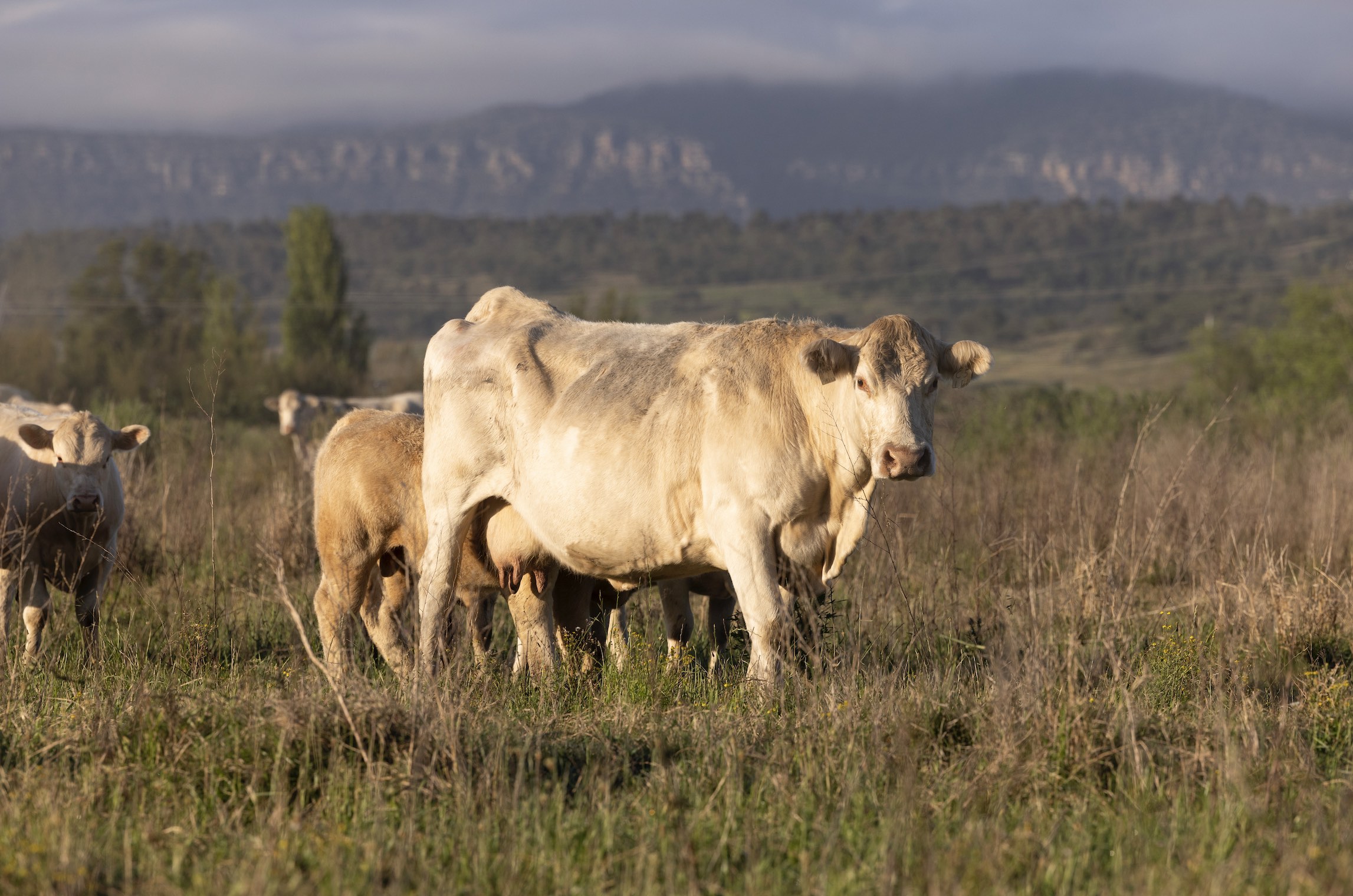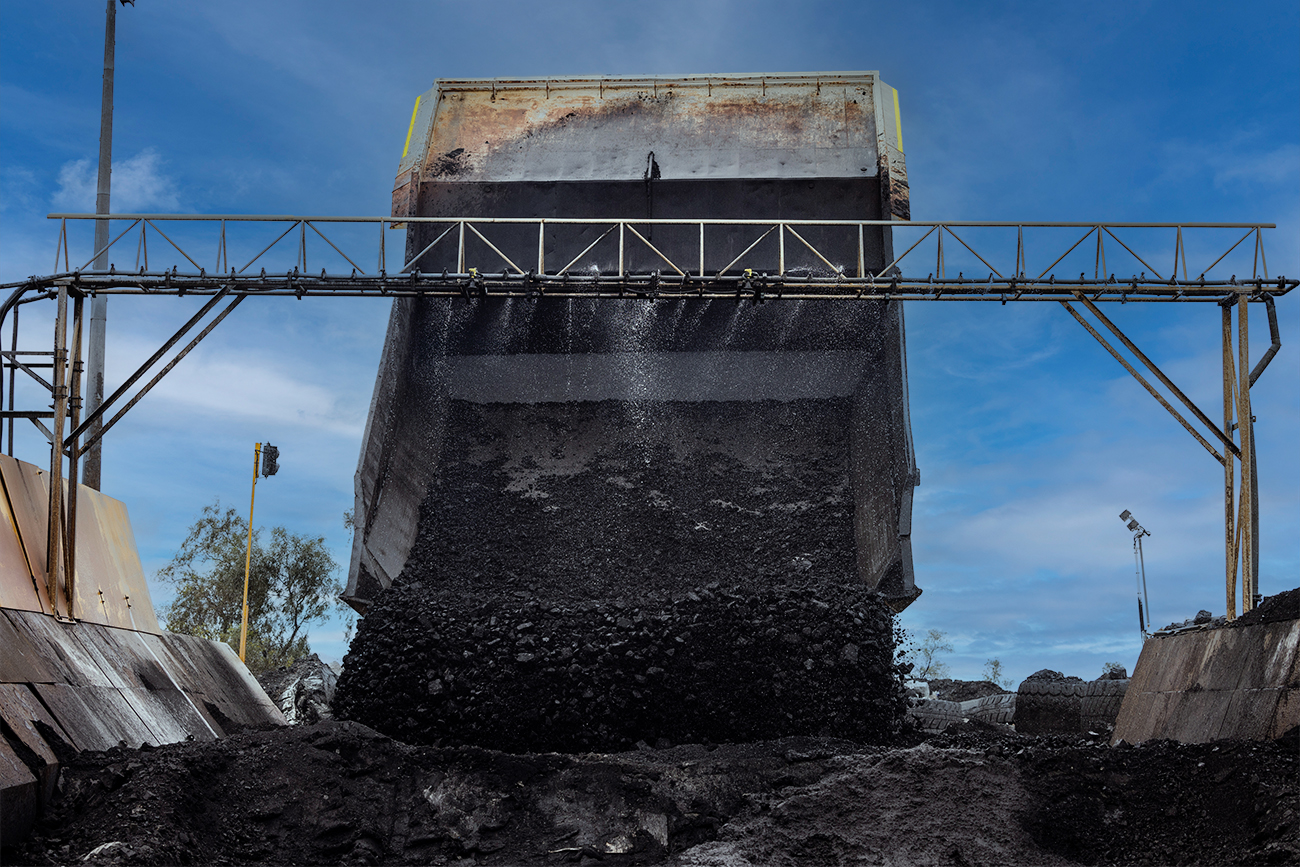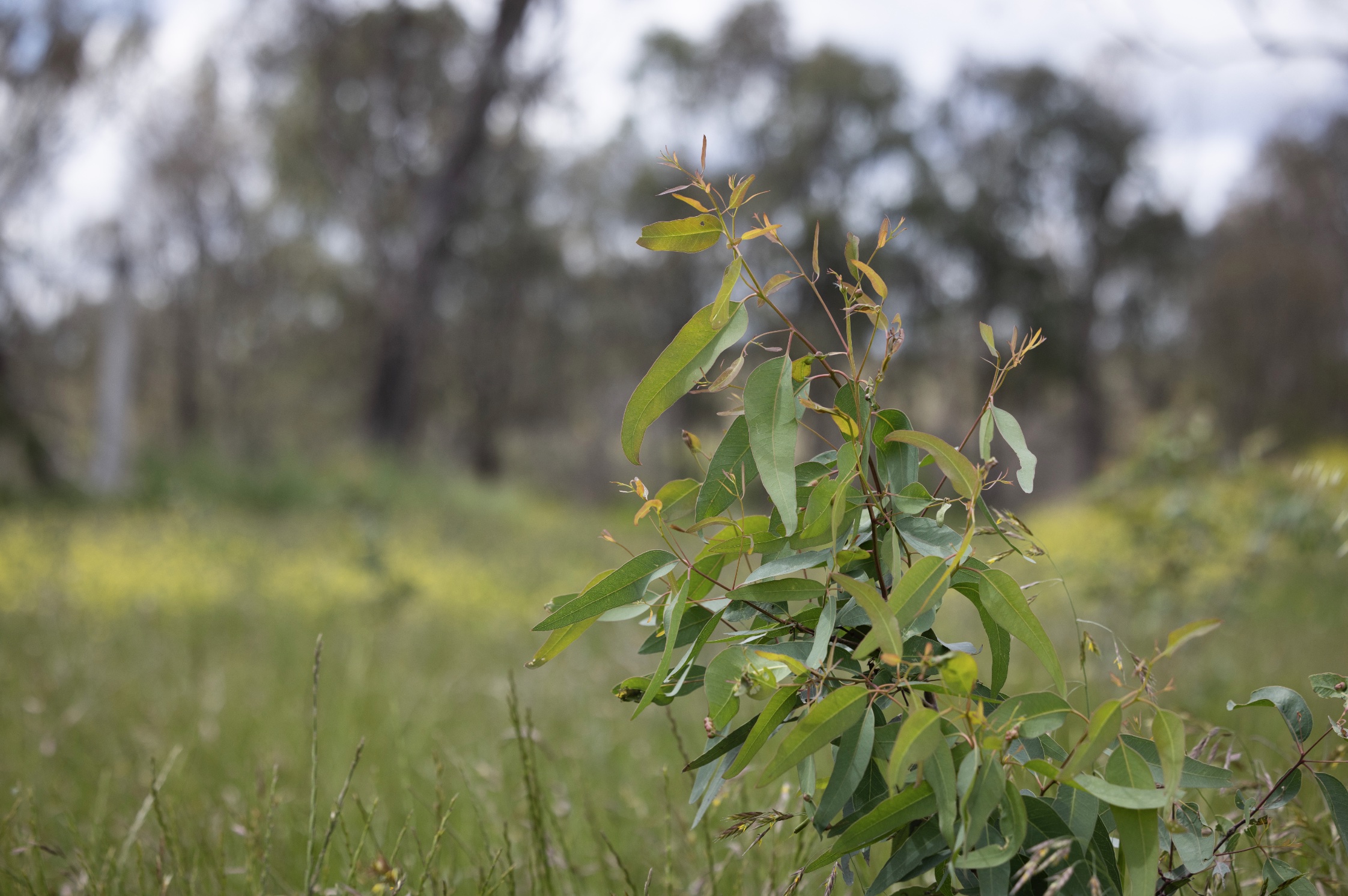
HVO operates in a responsible and sustainable manner. We strive to always meet stringent environmental and other regulatory conditions.

Monitoring operational impacts
We use a network of monitoring stations to provide real time and static air quality, noise, and meteorological data. Some monitoring stations continuously transmit data to a central database, generating alarms if certain levels are reached.
Data from these stations and Upper Hunter Air Quality Monitoring Network (UHAQMN) regional data help us make good decisions and change our operations when needed. Data from our Cheshunt (HVO South) and Hunter Valley (HVO North) meteorological stations informs our decisions on blasting and dumping operations each day.
HVO noise alarms are at:
- Jerrys Plains
- Knodlers Lane
- Long Point
- Maison Dieu
- Moses Crossing
We sample and monitor in accordance with the NSW Environmental Protection Authority’s guidelines. We review and report real-time monitoring data daily and report on static monitoring data and more detailed trend information.

Managing and minimising operational impacts
We have plans on how to manage and minimise impacts, including specific plans for noise and dust and air quality, to ensure we don’t exceed specified criteria.
Some of the ways we modify operations include:
- Re-arranging fleet types
- Changing haul routes and dump locations
- Reducing fleet numbers
- Shutting down tasks or a mine site
Other ways we minimise operational impacts include:
- Adjusting mine activity for day and night conditions and modifying or shutting down operations in adverse weather
- Rehabilitating mined land as soon as possible to reduce exposed areas – stabilising exposed areas Using aerial seeding
- Using water trucks to dampen haul routes
- Restricting overburden dumping in dust sensitive areas
- Automatic water spraying at our hoppers when haul trucks dump their loads
- Fitting heavy machinery with sound suppressing equipment
- Covering coal conveyors and keeping stockpiles damp
- Using quieter equipment in noise sensitive areas
- Minimising tip heights
- Educating employees about minimising dust and noise when operating heavy machinery – eg touch loading of trucks to reduce loud bangs on impact
- Restricting topsoil removal to retain ground moisture
- Enclosing coal processing areas
Rehabilitation and environmental management
We continually rehabilitate and maintain areas that we have finished mining using aerial seeding. A native woodland seed mix of locally sourced plant species for areas to become habitat for local fauna. A pasture and light woodland mix, suitable for grazing, for areas to be used for agriculture.
Our pest and weed management program – in conjunction with other mines and landholders – helps protect and preserve native flora and fauna.
Regulation
The NSW Environmental Protection Authority (EPA) regulates environmental and community impacts generated by NSW mine sites, such as dust and noise, through the Protection of the Environment Operations Act 1997 (NSW).
Noise limits applicable to individual private residences are defined in our Planning Approval, which also sets out the requirements for monitoring performance and reporting.
The EPA assesses our compliance against conditions inour Environmental Protection Licence (EPL) and Development Consent.
Specialist consultants routinely undertake monthly compliance assessments on a random basis at locations surrounding HVO. We report the results of compliance monitoring monthly. The HVO Annual Environmental Review summarises compliance monitoring data for the previous year.
Environmental and regulatory plans, reports and approvals:
- Licences and Approvals
- Environmental Assessments
- Management Plans
- Audit Reports
- Annual Environmental Reviews
- Environment Protection Licence (EPL) Monitoring Reports
- Monthly Environmental Reports
- Annual Dam Safety Standards Reports
- EPBC 2016/7640 Compliance Reporting
- Biodiversity Offsets
- Dog Leg Fence and Timber BridgeSignificance Assessments
